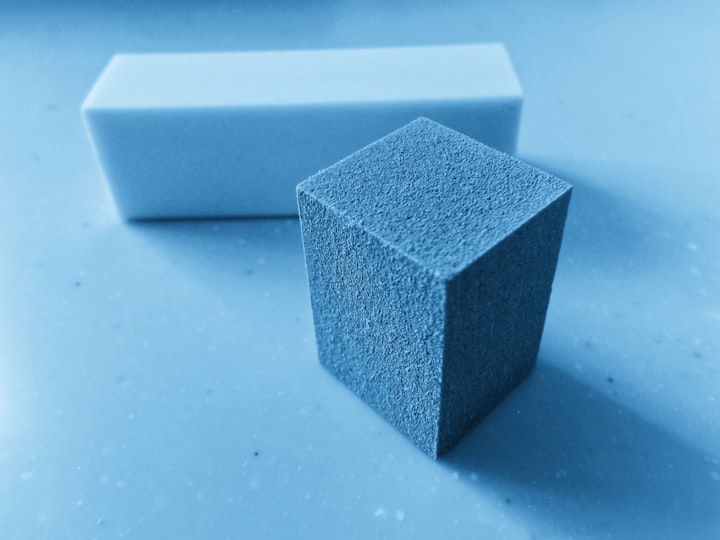
Title: Sponges: The Remarkable Creatures of the Ocean Depths
Introduction
Sponges, those seemingly simple, immobile, and often overlooked creatures, hold a special place in the fascinating world of marine biology. These unassuming beings, often referred to as "poriferans," are among the oldest and most primitive animals on Earth. In this article, we will dive into the intriguing realm of sponges, exploring their biology, ecological importance, unique adaptations, and the vital roles they play in the health of our oceans.
The Basics of Sponges
Sponges are aquatic animals that belong to the phylum Porifera, a term derived from the Latin words "porus" (pore) and "ferre" (to bear). They are found in oceans, seas, and even freshwater environments around the world. Despite their simple appearance, sponges exhibit remarkable diversity in terms of size, shape, and habitat.
Basic Structure: Sponges are characterized by their porous bodies, which are adorned with countless tiny openings called "ostia" and a larger opening known as the "osculum." These openings facilitate water circulation, which is essential for their survival.
Filter Feeding: Sponges are filter feeders, relying on water currents to bring in microscopic food particles, such as bacteria and plankton, through their ostia. They capture these particles using specialized cells called "choanocytes" and extract nutrients from them.
Skeleton: Sponges possess an internal skeleton made of either tiny, needle-like structures called "spicules" or a flexible protein called "spongin." This skeleton provides structural support to their soft bodies.
Reproduction: Sponges can reproduce both sexually and asexually. In sexual reproduction, sperm released into the water are taken in by neighboring sponges, where they fertilize eggs internally. Asexually, sponges can regenerate from fragments or budding structures.
Ecological Importance
Sponges may not be the most charismatic animals in the ocean, but their ecological significance is profound. They serve as vital components of marine ecosystems, contributing to the health and balance of underwater environments in several ways:
Water Filtration: Sponges play a crucial role in filtering water. As filter feeders, they remove bacteria and particles, which can help maintain water quality and clarity. In some cases, this can be especially important in preventing harmful algal blooms.
Habitat and Shelter: Sponges provide shelter and refuge for a variety of marine species. Many fish, crustaceans, and other invertebrates seek protection within the nooks and crannies of sponge colonies.
Food Source: Some species of sea slugs and small fish feed on sponges, creating complex food webs within coral reefs and other marine ecosystems.
Chemical Defenses: Sponges produce a wide range of chemical compounds, some of which have powerful defensive properties. These compounds can deter potential predators and serve as sources of pharmaceutical compounds with potential human applications.
Unique Adaptations
Despite their seemingly simple design, sponges have evolved unique adaptations that enable them to thrive in a variety of marine environments:
Symbiotic Relationships: Some sponges form mutually beneficial symbiotic relationships with microorganisms. These microorganisms can help break down nutrients, providing sponges with an additional source of food.
Silica Spicules: Sponges that inhabit regions with high water currents often develop spicules made of silica, which act like tiny anchors to keep them stable on rocky substrates.
Variety of Shapes: Sponges exhibit an incredible diversity of shapes, from encrusting forms that adhere to rocks or corals to barrel-shaped varieties that extend upward toward the light. This diversity allows them to occupy different niches within the ecosystem.
Regeneration: Sponges possess remarkable regenerative abilities. Even when damaged or fragmented, they can often regrow into fully functional individuals, making them incredibly resilient organisms.
The Global Sponge Census
Despite their ecological importance, sponges remain one of the least studied groups of marine animals. In recent years, scientists have undertaken the Global Sponge Census, an effort to better understand and document sponge biodiversity worldwide. This initiative involves exploring remote and uncharted marine habitats to discover new sponge species and gather data on their ecological roles.
Challenges and Threats
While sponges are adaptable and resilient, they are not immune to the challenges facing marine ecosystems today. Factors such as ocean acidification, rising sea temperatures, pollution, and habitat destruction can impact sponge populations. In particular, ocean acidification may affect the ability of some sponges to build their skeletons, potentially reducing their structural integrity.
Conclusion
Sponges, with their ancient lineage and unique biology, are unsung heroes of the marine world. Their essential roles in filtering water, providing habitat, and contributing to the chemical complexity of marine ecosystems make them invaluable. As scientists continue to uncover the mysteries of these fascinating organisms, we gain a deeper appreciation for the intricate web of life in our oceans. Sponges remind us that






Comments
There are no comments for this story
Be the first to respond and start the conversation.